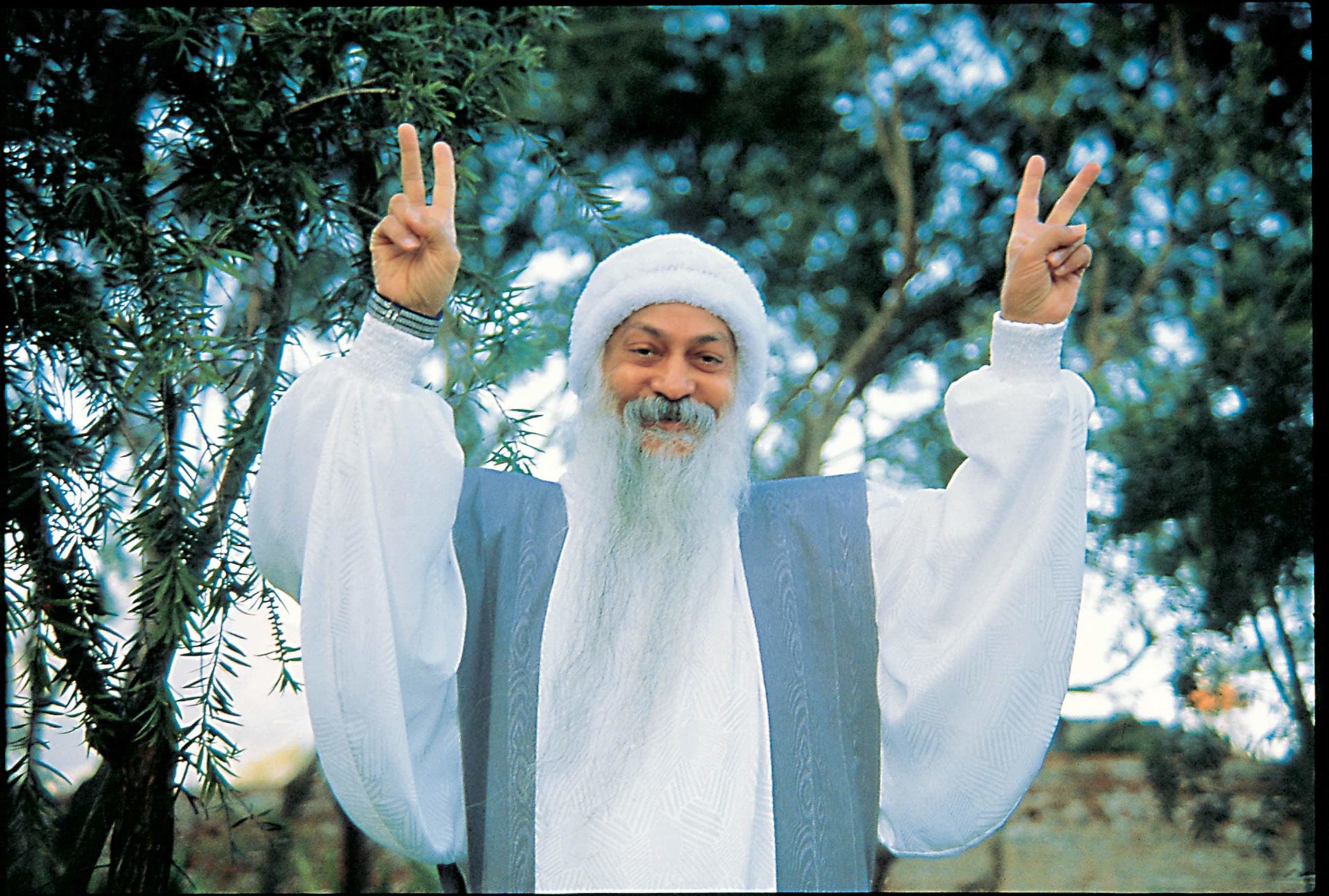Osho Answers:
Buddha’s way was VIPASSANA – vipassana means witnessing. And he found one of the greatest devices ever: the device of watching your breath, just watching your breath. Breathing is such a simple and natural phenomenon and it is there twenty-four hours a day. You need not make any effort.
Buddha discovered a totally different angle: just watch your breath – the breath coming in, the breath going out. There are four points to be watched. Sitting silently just start seeing the breath, feeling the breath. The breath going in is the first point. Then for a moment when the breath is in it stops – a very small moment it is – for a split second it stops; that is the second point to watch. Then the breath turns and goes out; this is the third point to watch. Then again when the breath is completely out, for a split second it stops; that is the fourth point to watch. Then the breath starts coming in again… this is the circle of breath.
If you can watch all these four points you will be surprised, amazed at the miracle of such a simple process – because mind is not involved. Watching is not a quality of the mind; watching is the quality of the soul, of consciousness; watching is not a mental process at all. When you watch, the mind stops, ceases to be. Yes, in the beginning many times you will forget and the mind will come in and start playing its old games. But whenever you remember that you had forgotten, there is no need to feel repentant, guilty – just go back to watching, again and again go back to watching your breath. Slowly slowly, less and less mind interferes.
And when you can watch your breath for forty-eight minutes as a continuum, you will become enlightened. You will be surprised – just forty-eight minutes – because you will think that it is not very difficult… just forty-eight minutes! It it is very difficult. Forty-eight seconds and you will have fallen victim to the mind many times. Try it with a watch in front of you; in the beginning you cannot be watchful for sixty seconds. In just sixty seconds, that is one minute, you will fall asleep many times, you will forget all about watching – the watch and the watching will both be forgotten. Some idea will take you far far away; then suddenly you will realize… you will look at the watch and ten seconds have passed. For ten seconds you were not watching. But slowly slowly – it is a knack; it is not a practice, it is a knack – slowly slowly you imbibe it, because those few moments when you are watchful are of such exquisite beauty, of such tremendous joy, of such incredible ecstasy, that once you have tasted those few moments you would like to come back again and again – not for any other motive, just for the sheer joy of being there, present to the breath.
Remember, it is not the same process as is done in yoga. In yoga the process is called PRANAYAM; it is a totally different process, in fact just the opposite of what Buddha calls vipassana. In pranayam you take deep breaths, you fill your chest with more and more air, more and more oxygen; then you empty your chest as totally as possible of all carbon dioxide. It is a physical exercise — good for the body but it has nothing to do with vipassana. In vipassana you are not to change the rhythm of your natural breath, you are not to take long, deep breaths, you are not to exhale in any way differently than you ordinarily do. Let it be absolutely normal and natural. Your whole consciousness has to be on one point; watching.
And if you can watch your breath then you can start watching other things too. Walking you can watch that you are walking, eating you can watch that you are eating, and ultimately, finally, you can watch that you are sleeping. The day you can watch that you are sleeping you are transported into another world. The body goes on sleeping and inside a light goes on burning brightly. Your watchfulness remains undisturbed, then twenty-four hours a day there is an undercurrent of watching. You go on doing things… for the outside world nothing has changed, but for you everything has changed.
Osho: Dhammapada, The Way of the Buddha Vol.5 # 1








